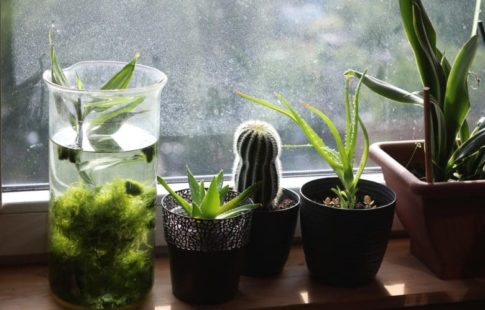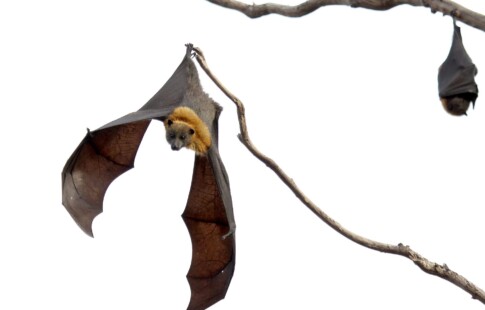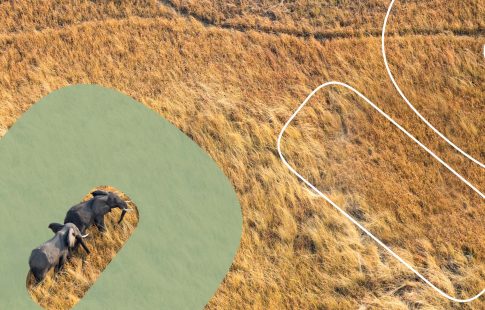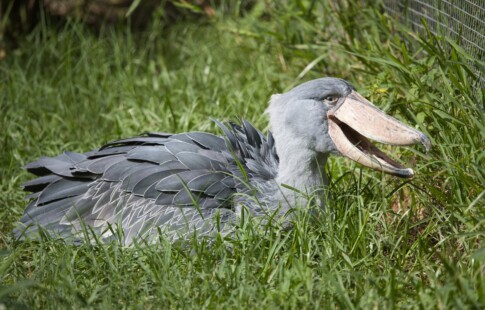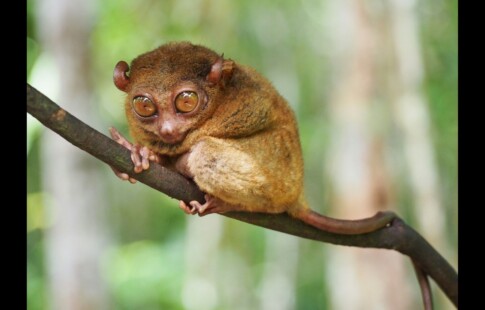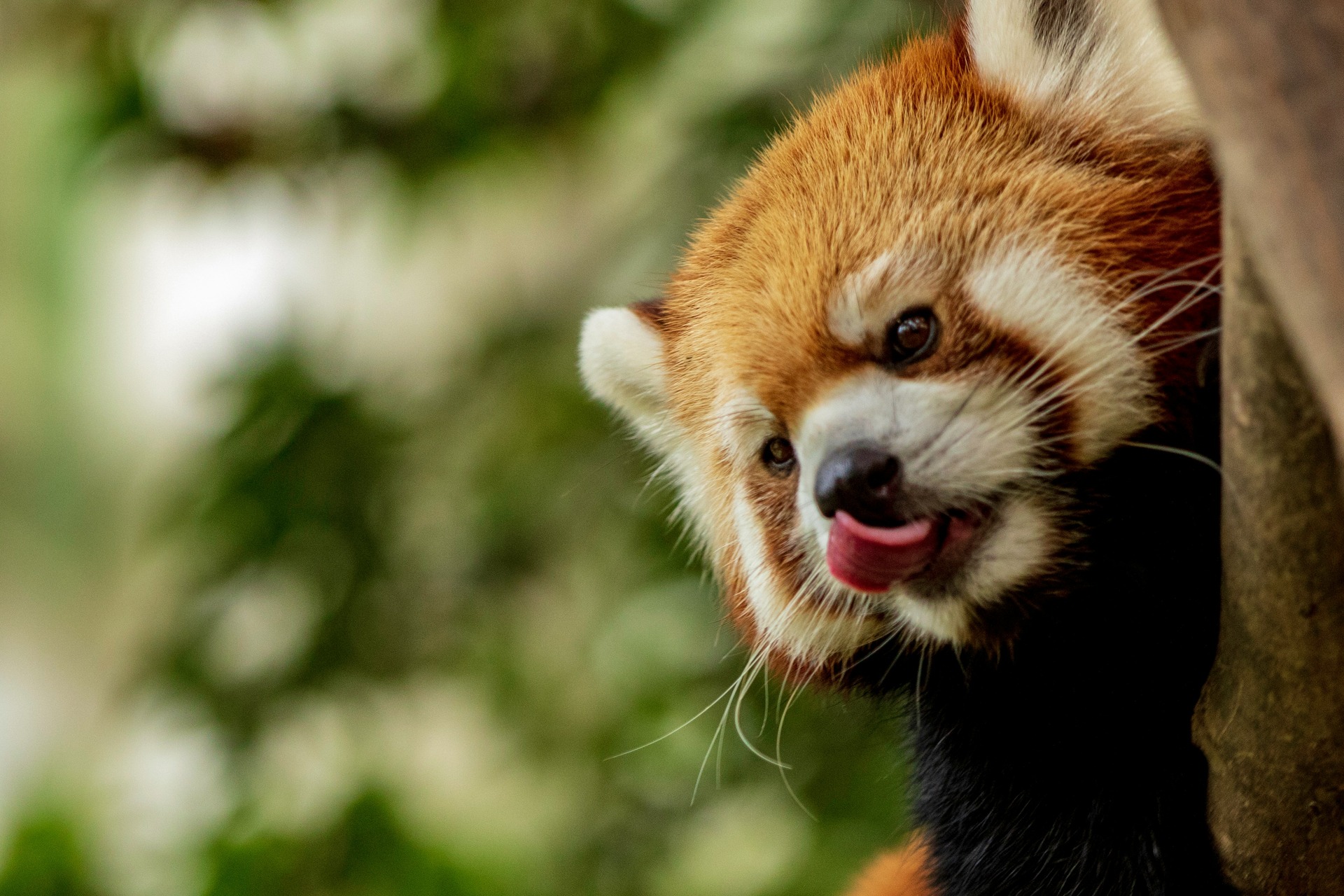
Cute Aggression and Conservation: The Surprising Link Between Affection and Environmental Care
We are reader-supported. When you buy through links on our site, we may earn affiliate commission.
Have you ever seen a precious baby that makes you want to squeeze them? Or a tiny kitten on your social media feed, wide-eyed and impossibly soft, that triggers the same urge? Maybe even a fluffy bunny with its little paws up and ears drooping, and you just want to reach through the screen?
If you’ve imagined all these and felt that overwhelming, almost uncontrollable impulse, cue Agnes from Despicable Me’s “It’s so fluffy, I’m gonna die” — you are not alone. This flood of intense emotions has a name, and it’s called cute aggression.
What Is Cute Aggression?
Psychologists describe cute aggression as a paradoxical emotional expression where affection and intensity combine in one impulse. The phenomenon was first studied in depth by social psychologist Oriana Aragón in 2015. She found that people often show both loving and slightly assaultive reactions when they see something very endearing, and in doing so coined the term “cute aggression.”
Despite the name, it isn’t harmful at all. In fact, it’s deeply rooted in human evolution. In 1943, Austrian ethologist Konrad Lorenz identified the baby schema, noting that round faces, large eyes, and chubby cheeks instinctively draw engagement and care. Such features trigger a caregiving response in adults, ensuring that highly dependent infants receive the attention they need for survival. The aggressive urge actually helps release the intense wave of emotions that come with wanting to care, so people can enjoy the charm without feeling overwhelmed.
It’s a universal experience with a cross-cultural idea. While English lacks the single word for it, a Filipino word captures that sudden urge to squeeze, hug, or gently pinch something overwhelmingly cute — gigil. It made headlines as one of the newest additions to the Oxford English Dictionary.
The Brain on Cute Aggression
Today, neuroscience confirms that the nucleus accumbens lights up when something cute captures your attention. This part of the brain is central to the reward system, making you want to engage with and protect the adorable subject so vigorously that it floods the mind with intense emotions.
Building on Aragón’s work, Katherine Stavropoulos measured adults’ brain activity as they viewed images of human infants — one set digitally enhanced for maximum cuteness, another Photoshopped to be less appealing — and photographs of baby animals and less-adorable adult counterparts. Participants reported feeling overwhelmed by the cute creatures and EEG recordings confirmed heightened activity in both emotional and reward networks. The strongest neural responses appeared when participants saw unfamiliar baby animals, suggesting that novelty amplifies the effect.
Taken together, this research demonstrates that cute aggression is more than just an emotional quirk. It reflects a coordinated brain response that balances intense affection with a self-regulatory mechanism, allowing humans to process overwhelming appeal without becoming incapacitated.
Cute Aggression in Conservation Campaigns
What Aragón describes as a dimorphous emotion — where overwhelming positive feelings show up as seemingly opposite expressions — offers a unique opportunity for conservation. Observers who are captivated by this irresistible charm are more likely to support wildlife protection efforts for cute creatures.
For example, the immediate stardom of Moo Deng, a pygmy hippo, sparked a massive surge of interest in her species. Videos of her playful antics at Thailand’s Khao Kheow Open Zoo went viral in late 2024, driving a significant increase in social media engagement and zoo visits. Greater visibility brought more attention to the lives and needs of these animals.
Other charismatic megafauna, such as giant pandas, naturally generate widespread curiosity and public support. With only about 1,800 individuals remaining in the wild, the attention these slow, cuddly bears receive is crucial to funding protection efforts, preserving their habitats, and sustaining breeding programs. Their popularity raises awareness and encourages broader engagement with conservation initiatives that benefit entire ecosystems.
The Ethics and Limits of Using Cuteness
While this response benefits inherently adorable species, the same effect does not extend to animals that people find less appealing, even if they are equally in need of conservation. Threatened wildlife like the Alameda whipsnake or the valley elderberry longhorn beetle, which many consider scary, ugly, or gross, rarely spark the same enthusiasm, despite their ecological importance.
Focusing only on animals that people find cute can shift conservation priorities, taking resources away from efforts that protect ecosystems and ensure long-term survival. Prioritizing species solely for their emotional appeal could skew efforts, diverting resources away from projects that address ecological balance and long-term sustainability.
Ethically, it raises questions about how humans assign value in nature. Should one species receive more attention because it tugs at heartstrings, while others remain overlooked? Conservation organizations increasingly grapple with this dilemma, experimenting with creative approaches to make conventionally unattractive critters relatable, such as storytelling, habitat immersion experiences, or highlighting unusual behaviors. By expanding the narrative beyond lovability, campaigns can foster a broader environmental ethic that encompasses all forms of biodiversity.
The Role of Media in Amplifying Cute Aggression
Social media and viral videos have turned cute aggression from a quick, personal reaction into a chance to help conservation. Platforms like TikTok, Instagram, and YouTube let people see baby animals again and again, often in fun or heartwarming moments. This repeated exposure triggers the same brain reward circuits seen in studies by Stavropoulos and Aragón, boosting affection and interest in these creatures.
Digital content can have tangible benefits for saving wildlife. For example, the red panda population is considered endangered and requires significant conservation efforts, having declined by 40% in just 20 years. When the lovable animals appeared in Pixar’s Turning Red and as Master Shifu in the Kung Fu Panda franchise, it did more than just boost merchandise sales. These endangered species gained visibility, reaching audiences who may never have known they existed.
When clips of playful puppies, newborn pygmy hippos, or clumsy baby birds spread online, awareness grows fast, often faster than traditional education campaigns. Zoos, wildlife groups, and environmental organizations can utilize this attention to encourage visits, donations, or support for habitat protection.
There are challenges, though. Quick, visually appealing content can focus solely on how cute animals are, sometimes making them appear more like props than living creatures with ecological roles. Without context, people may feel emotionally engaged but not understand the real threats these species face.
When done right, media can turn cuteness into action. Sharing behind-the-scenes conservation work along with fun animal videos gives both the emotional pull and the facts needed to motivate lasting support. By combining the instinctive love for adorable subjects with innovative storytelling, there occurs a rare opportunity to make a real difference for wildlife.
From “Aww” to Action
Cute aggression is so profoundly human that it extends even to the care for other species. Yet this charm can have a downside, especially if human preferences for cuddly animals overshadow the need to protect wildlife that may not be perceived as endearing.
Channeling those heart-melting “aww” moments into purposeful support, regardless of an animal’s physical appeal, becomes a powerful tool for environmental stewardship. With intentionality, no species gets left behind, not only the adorable but the full diversity of life that maintains the planet’s ecological balance.
Share on
Like what you read? Join other Environment.co readers!
Get the latest updates on our planet by subscribing to the Environment.co newsletter!
About the author
Maria Visser
Maria serves as the Assistant Editor of Environment.co. A true foodie and activist at heart, she loves covering topics ranging from veganism to off grid living.
